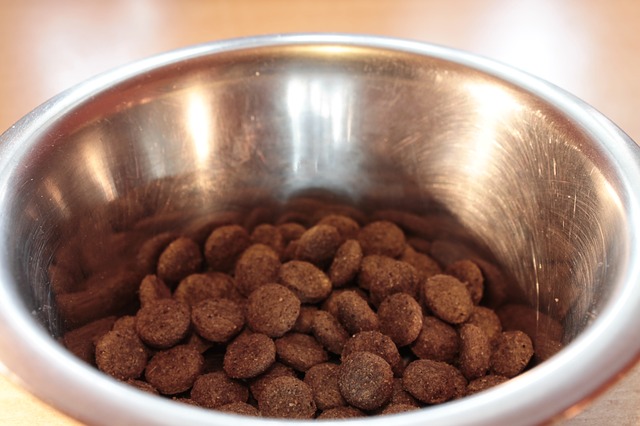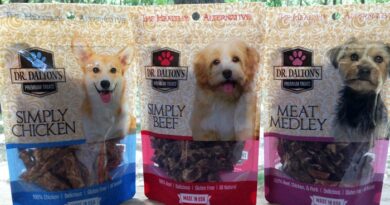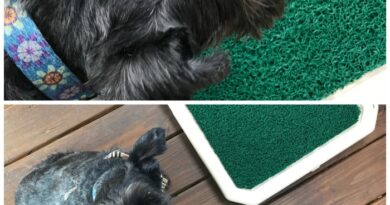
Picky Pets: Tips for Feeding a Choosy Companion Animal
We all want to take the best care we can of our companion and service animals. They contribute so much to our lives, and we want to make sure they feel valued and appreciated. If they start to turn their nose up at dinner time, it can be disheartening. If the problem goes on, it can be downright worrying.
This article will give you some tips to help your companion dog find their appetite again, as well as some signs to look for that may indicate a deeper problem.
 Practical Tips to Get Your Companion Dog to Eat
Practical Tips to Get Your Companion Dog to Eat
Try a new food.
It is a longstanding myth, largely promoted by commercial dog food manufacturers, that changing your dog’s diet is bad for their health. In fact, some vets recommend changing it up occasionally to make sure your pup gets the benefit of a wider range of formulas and ingredients. As long as you make a gradual transition to new food, most dogs will tolerate a change in their regular diet just fine.
Did you know that some dog food tastes better than others? Dog kibble designed to appeal to picky eaters tends to have higher fat, quality ingredients, and sometimes novel proteins such as duck or bison which can give your pooch some new flavors to enjoy.
Wet it Down
Sometimes, the only trick you need to get your buddy eating voraciously again is a little warm water added to their dish with their regular food. If that does not work, try a little low sodium chicken broth.
Mix in Some Canned Food
Dry kibble on its own can just get boring to some dogs. Many owners find that decreasing the dry portion, and supplementing with some canned dog food, will get their dogs more excited about dinner time. Remember to start with just a little bit of anything new to give their digestive system some time to adjust.
 Decrease Snacks and Treats
Decrease Snacks and Treats
Some folks with picky eaters on their hands get into a vicious cycle with their companion canines. They start to give treats during the day because they want to be sure their dog is eating something, only to find out that their appetite for dinner keeps getting worse.
Some dogs are smart enough to catch on – if they keep holding out on that dry kibble at dinner time, they will be rewarded later with some better tasting treats. The problem is that treats rarely offer totally balanced nutrition. In addition, they are usually loaded with fat and preservatives.
 Some People Food is Okay
Some People Food is Okay
There is a myth out there that it is never okay to give your canine people food. This probably got started by folks worried that you might accidently feed your dog one of the many people foods that can be fatally toxic to your dog, or that you might interpret people food to include ice-cream, potato chips and cookies.
The fact is that most meats are safe to add to your dog’s diet in small quantities, unless they have a specific food allergy. In many cases, veggies like green beans and carrots, or fruits like apple and blueberries are also additions that are safe and nutritious. If you decide to go with people food supplements to get your dog eating, mix a little in with their regular kibble at meal times rather than offering them separately.
Always check the ingredients of any people food and do some research before feeding to your dog. For example, cherries, grapes, raisins, onion and garlic are potentially toxic to your dog. Processed foods are particularly problematic. The artificial sweetener Xylitol, used in many human foods, can be fatal to dogs, even in very small quantities.
 When to Worry
When to Worry
It is not unusual for canines to sometimes go through periods with a loss of appetite. In most cases, a day or two won’t present a problem unless you have a pup with a known medical condition where eating regularly is a critical health concern.
However, if a change in appetite is coupled with heavy diarrhea, vomiting, lethargy, or excessive drinking – get in to see your vet immediately. It could be an indication that something more serious is going on such as kidney or liver problems.
Likewise, smaller dogs have less fat reserves to draw on. Their situation can become critical more quickly than their larger cousins who can usually afford to miss a few meals. If you have a toy breed that suddenly stops eating more than a meal or two, and none of the tricks in this article wet their appetite, get to the vet ASAP.
…
Author Bio
Mat Coulton has worked with dogs for just under a decade and is the founder of wileypup.com, a doggy lover’s website that provides great tips and advice for paw parents everywhere.










This is good advice! My dog is very picky when it comes to her food. I find that when I don’t give her as many treats, she’s more likely to eat her food.